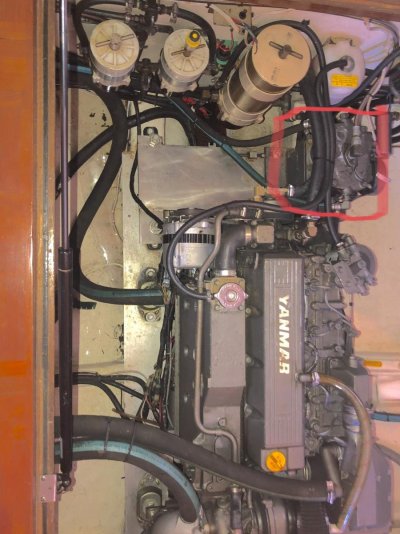healhustler
Guru
- Joined
- Oct 2, 2009
- Messages
- 5,198
- Location
- USA
- Vessel Name
- Bucky
- Vessel Make
- Krogen Manatee 36 North Sea
Since we all know only Manatee owners are reading this, it’s probably safe to share that the bottom shape, shallow draft and initial stability of the Krogen Manatee have made the boat a difficult candidate for installation of fin type stabilizers. There have only been two applications that I know of, one conventional (hydraulically-actuated) set on the recently sold hull #99, and one (pneumatically-actuated) set on hull #71, “Mango Mama”. Both applications were reputed to be successful and reliable, but when I got aboard Mango Mama a couple of years ago, I was particularly impressed with the quickness of the Gyro Gale pneumatic fins. Since then, Gyro Gale has been tuning the system to maximize performance and I think they may have it down pretty good. His system cost was a lot, lot cheaper than the hydraulic units I priced at the time.
Here is the link to the video on YouTube:
https://youtu.be/-lqpxWk_N4w
Here is the link to the video on YouTube:
https://youtu.be/-lqpxWk_N4w

